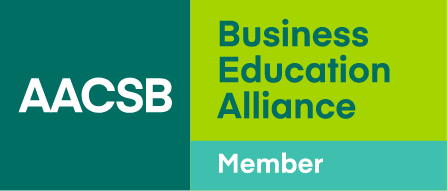The Rise of the Nonverbal in Social Media
The first emoticons originated in Japan in the late 1990s—creations such as :-) and :-( were invented to convey emotions via text-based online communications. Today, emoticons and pictorial emojis have become ubiquitous in text-based communications. In a recent paper, three researchers wanted to know just how marketers are going beyond the “smiley face” to translate meaning, emotion, or tone of voice into what the research team calls “textual paralanguage” in social media posts.
The researchers include Andrea Luangrath, an assistant professor of marketing at the University of Iowa’s Tippie College of Business in Iowa City, who led the study; Joann Peck, associate professor of marketing at the Wisconsin School of Business in Madison; and Victor Berger, assistant professor of marketing at the University of Wisconsin–Whitewater.
“Face-to-face communication is rich with nonverbal behavior, including body language, eye contact, and tone of voice,” says Luangrath. “When people exchange written messages electronically, these elements have to be translated into text to be communicated.” As examples of paralanguage, she points to the use of asterisks around words and phrases to convey a physical touch or movement (*high five* or *wink*), the phonetic spelling of non-words to convey voice (“umm…” or “zzz…”), and the use of complex punctuation combinations to get across gestures such as a shrug (¯\_( )_/¯).
The research team looked at thousands of social media posts from 22 corporate brands. They found that 20.6 percent of brand tweets, 19.1 percent of Facebook posts, and 31.3 percent of Instagram posts contained some form of textual paralanguage. Translations of voice qualities were utilized most frequently, while translations of physical touch were used least frequently.
Brands related to consumer products, such as Whole Foods, were more casual in their use of textual paralanguage—including liberal use of punctuation and emojis. Professional firms such as banks or insurance companies often were more formal. The difference lies in whether a brand would rather be seen as warm and amicable or professional and competent.
The researchers conclude that this area is a rich field for future research, including examinations into ways that a nonverbal cue’s meaning could differ depending on context or that different individuals might decode and remember different modes of textual paralanguage in different ways. “Paralanguage is abundant in online communication, and its use will continue to grow with social media,” they write. “Language, as the basis for human interaction … has the capacity to reveal our social and psychological selves.”
Their paper appears in the January issue of the Journal of Consumer Psychology.





